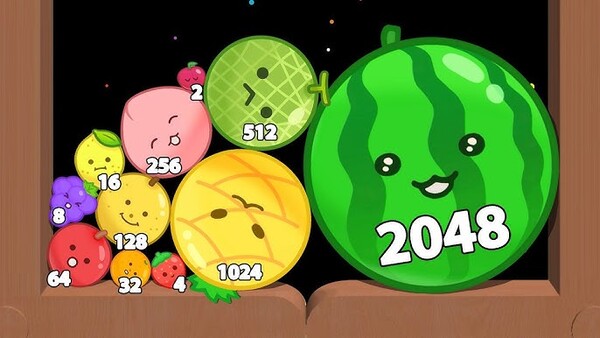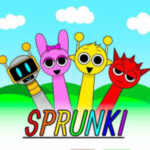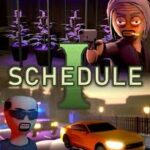Advertisement
Minecraft: The Ultimate Expert Guide to the World’s Most Influential Sandbox
August 14, 2024
Latest Articles
-

- How-To
-

- News
-

- News
-

- News
Popular
-
 eFootball
eFootball players can protect their investments with insurance, covering data loss, fraud, and account theft, ensuring a secure gaming.
Read full review
eFootball
eFootball players can protect their investments with insurance, covering data loss, fraud, and account theft, ensuring a secure gaming.
Read full review
-
 Roblox: Grow a Garden
Read full review
Roblox: Grow a Garden
Read full review
-
 Zoonomaly
Zoonomaly is a thrilling horror-puzzle game set in a mysterious zoo where strange things are happening. As a security guard working the night shift, your job is to survive until morning while uncovering the dark secrets behind the zoo's bizarre animal behavior. Navigate eerie environments, solve cryptic puzzles, and avoid mutated creatures lurking in the shadows. Every night brings new challenges, unexpected anomalies, and a deeper dive into the unknown.
Read full review
Zoonomaly
Zoonomaly is a thrilling horror-puzzle game set in a mysterious zoo where strange things are happening. As a security guard working the night shift, your job is to survive until morning while uncovering the dark secrets behind the zoo's bizarre animal behavior. Navigate eerie environments, solve cryptic puzzles, and avoid mutated creatures lurking in the shadows. Every night brings new challenges, unexpected anomalies, and a deeper dive into the unknown.
Read full review
-
 Drive Beyond Horizons
Rev up your engines and venture into the unknown with Drive Beyond Horizons! Conquer dynamic landscapes, customize your ride, and unearth hidden treasures. Get ready for heart-pounding challenges and endless excitement. Your adventure starts now !
Read full review
Drive Beyond Horizons
Rev up your engines and venture into the unknown with Drive Beyond Horizons! Conquer dynamic landscapes, customize your ride, and unearth hidden treasures. Get ready for heart-pounding challenges and endless excitement. Your adventure starts now !
Read full review
-
 Sprunki Incredibox
Sprunki Incredibox is a fan-made mod of the popular music game Incredibox, created by a young Thai developer named NyankoBfLol. While it keeps the original game's core mechanic—dragging and dropping sound icons onto animated characters to create music—it adds a fresh layer of creativity through custom visuals, new audio tracks, and original themes.
Read full review
Sprunki Incredibox
Sprunki Incredibox is a fan-made mod of the popular music game Incredibox, created by a young Thai developer named NyankoBfLol. While it keeps the original game's core mechanic—dragging and dropping sound icons onto animated characters to create music—it adds a fresh layer of creativity through custom visuals, new audio tracks, and original themes.
Read full review
-
 Schedule I
Schedule I is a crime simulation game where players build and manage a drug empire in a chaotic open-world city. Starting from nothing, you’ll produce, distribute, and expand your illegal business while avoiding the police and outsmarting rival gangs. The game blends strategy, resource management, and dark comedy with co-op multiplayer support. With its unique cartoon-style visuals and gritty theme, Schedule I offers a fresh take on criminal empire building for fans of simulation and sandbox games.
Read full review
Schedule I
Schedule I is a crime simulation game where players build and manage a drug empire in a chaotic open-world city. Starting from nothing, you’ll produce, distribute, and expand your illegal business while avoiding the police and outsmarting rival gangs. The game blends strategy, resource management, and dark comedy with co-op multiplayer support. With its unique cartoon-style visuals and gritty theme, Schedule I offers a fresh take on criminal empire building for fans of simulation and sandbox games.
Read full review





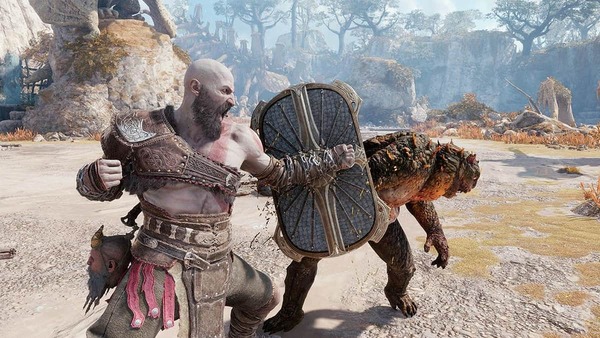




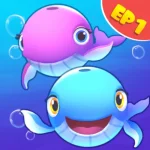
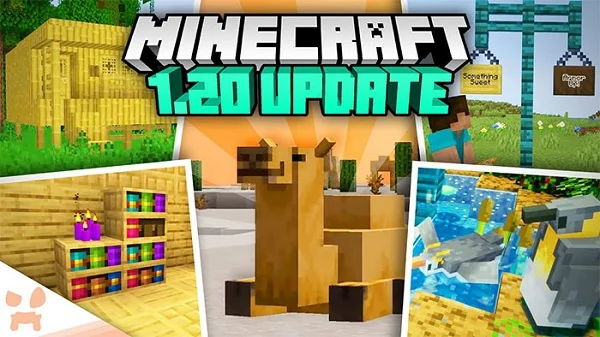
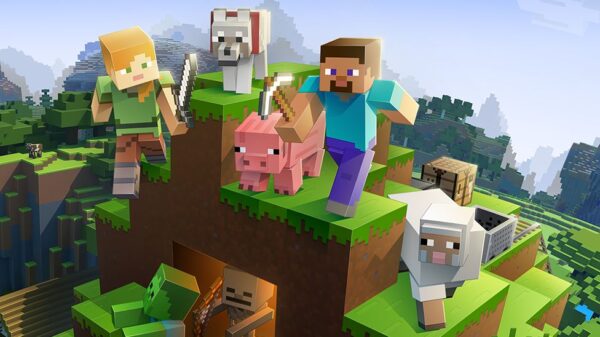
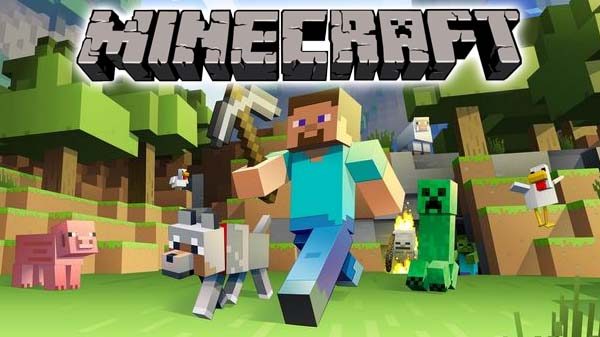 Minecraft continues to define what a sandbox can be—endlessly flexible, community-driven, and culturally resonant. Its updates in 2025 bring music to builders’ ears: vibrant biomes, aerial mounts, enhanced combat, and redstone mastery are only the latest in a cascade of evolution. While technical demands and fragmentation present challenges, Minecraft’s strengths overshadow its limitations. With a 9.2/10 expert rating, it remains not only a game but a platform for imagination, learning, community, and global culture. Whether you’re a newcomer or a seasoned architect, the blocky odyssey awaits.
Minecraft continues to define what a sandbox can be—endlessly flexible, community-driven, and culturally resonant. Its updates in 2025 bring music to builders’ ears: vibrant biomes, aerial mounts, enhanced combat, and redstone mastery are only the latest in a cascade of evolution. While technical demands and fragmentation present challenges, Minecraft’s strengths overshadow its limitations. With a 9.2/10 expert rating, it remains not only a game but a platform for imagination, learning, community, and global culture. Whether you’re a newcomer or a seasoned architect, the blocky odyssey awaits.
